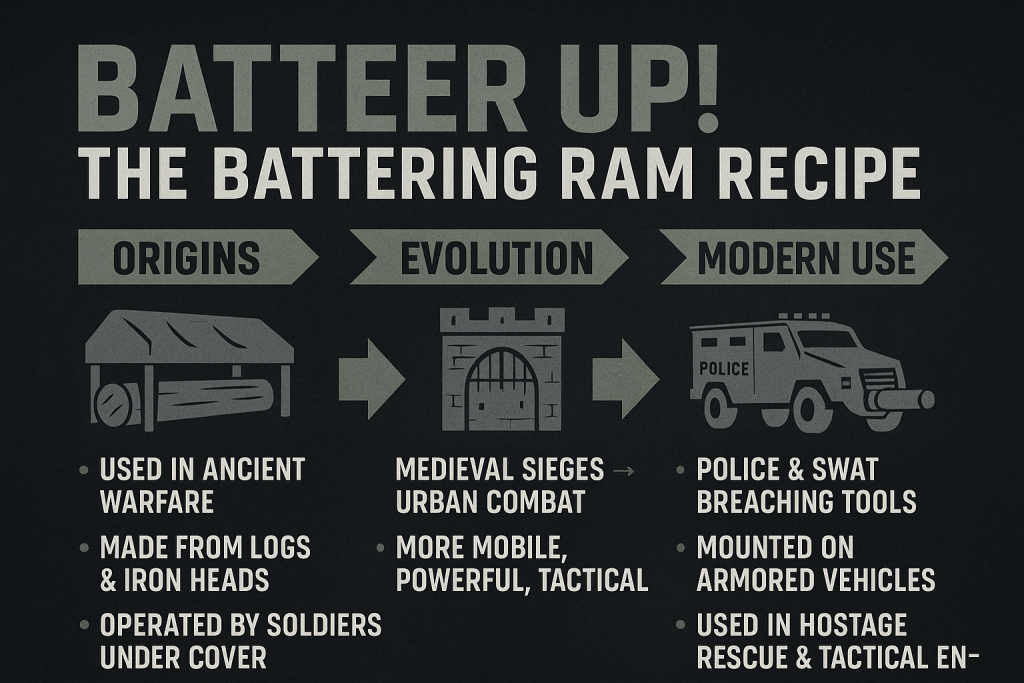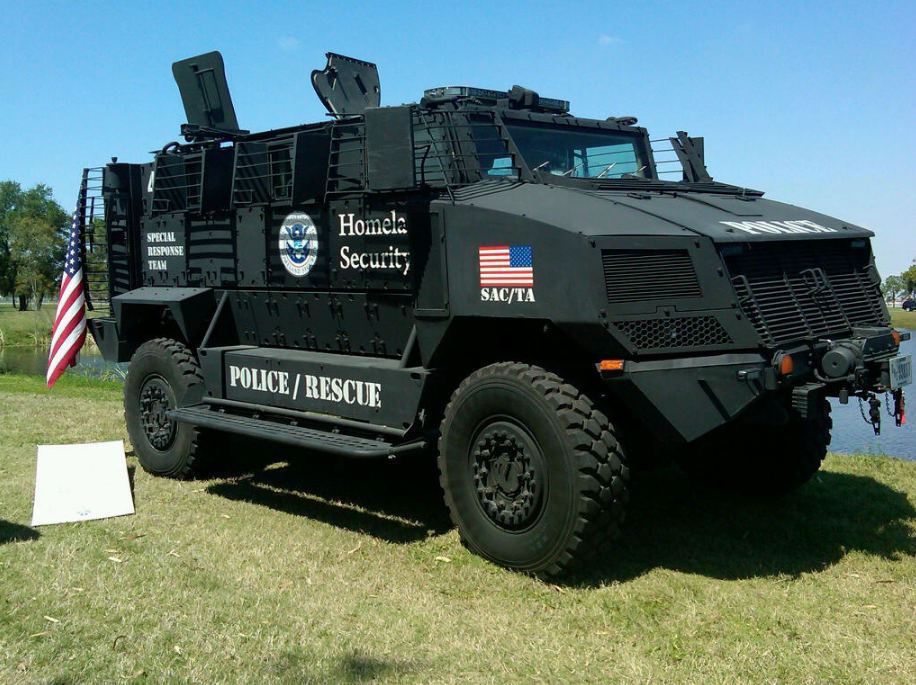As the realm of security and defense evolves, tools and technology are critical for enabling operational superiority and protecting the public.Cheap Breitling Replica Watches UK – Copy Breitling Navitimer,Super Ocean,Trans Ocean Series Fake Watches at verdetuk.cc. Of the countless number of tactical equipment employed by police and military around the globe, vehicle ramming equipment’s have become some of the most widely utilized force multipliers. Formerly viewed as a medieval castle-busting weapon, the battering ram has evolved to meet 21st-century urban-warfare, counter-terrorism, and law enforcement needs.
In this detailed guide, we cover the history and development of vehicle-mounted battering rams, their applications and their effect,AAA Grade Rolex Replica Watches Sale at Perfect 1:1 Cheap Fake Rolex Watches at watchourwatches.com. explaining how one of the most intimidating pieces of hardware on the market today has revolutionized the way breeching is executed in security and defense scenarios.
Read more: Mastering State of Maine Vehicle Registration: The Ultimate Beginner’s Roadmap
Batter up: Battering ram recipe has gone from ancient warfare to modern innovation

It’s not as though the idea of a battering ram is some newfangled notion. In the past, large wooden beams with or without metal reinforcements would be repeatedly swung by groups of soldiers to break through fortifications and castle gates.The Best Place to Find UK Perfect Brand Replica Watches at Top Swiss Movement Replica Watches UK at buyreplica.co.uk. During ancient and medieval warfare, siege engines were used which were mechanical devices used to attack fortified positions or cities.
Fast forward to the 21st-century and you have the modern battering ram – only it’s not a battle-axe-wielding infantryman with a large mess of wood on their shoulder, rather it’s a highly capable vehicle mount based system capable of rapidly and effectively breaching doors, gates, barricades, and even walls in high-risk environments.
Much of this innovation was of course born out of the changing nature of warfare and policing. As urban warfare and domestic security concerns escalated the demand of a dependable breaching unit, which could penetrate fortified compounds in limited response period, was realized.
Read more: The Evolution of Electric Vehicles: A Journey Through Time and Technology
What Is a Vehicle-Mounted Battering Ram?

Tactical Applications: When and Why Are They Utilized?
1. Military Operations
In war, and urban warfare, swift penetration of a fortified area also is essential. Mounted on a vehicle, it can bash through enemy-occupied buildings, walls, and gates, all without any soldiers having to be exposed in small arms or IED range.
2. SWAT and Law Enforcement
Police SWAT Teams often use vehicle mounted rams when conducting high risk raids, hostage rescues and drug busts. These tools let you breach a door or barricade so you don’t need to find yourself shot when you push through.
3. Counter-Terrorism Operations
In counter-terrorist operations time is often of the essence. Vehicle-borne rams can be easily taken to the place terrorists may barricade themselves concealing IED or hostage.
4. Rescue Operations
Vehicle rams mounted on a fast resulting from a disaster or a vehicle accident can be used to remove debris or to force open obstructed doors so the trapped can be evacuated rapidly.
Read more: The Ultimate Guide to Toyota AWD Vehicles: Which Model is Right for You?
Pros of Vehicle-Mounted Battering Rams

01. Enhanced Safety for Personnel
The biggest benefit of these systems is their safety to the operator. Storming a secure position with your face had to be dangerous. With a mounted system the breech can be achieved in the protection of the vehicle.
02. Time Efficiency
When it comes to the speed is a game changer during the raids or rescue operations. Vehicle-mounted battering rams can get through barriers much more quickly than hand tools like sledgehammers or handheld rams.
03. Superior Force Application
Rams mounted to vehicles are much more capable of delivering impact force than man-portable tools, and can even gain access through force of steel gates, reinforced doors, or even through concrete.
04. Multipurpose Usage
A lot of these newer ram systems are movable or can be changed to address different target sets—walls, windows, gates, etc., which adds to the flexibility of stuff tactical units can bring to the table.
Technological Progress in the Modern Systems

In the past few years, as modern engineering and materials science have progressed, vehicle-borne personnel rams have experienced some impressive improvements in historical development. Some of the newer systems now include:
- A hydraulic or pneumatic actuator for delivering adjustable force
- Precision points targeting to direct damage to vulnerable areas
- Multiple interchangeable heads for various breaching options (spike, flat, wedge)
- High quality, sturdy construction with stainless steel and composite alloy materials
Some units can even be operated from a safe remote distance, for the sake of breaching with no one standing directly near by ideally suited for robotic breaching when operating in hazardous environments, such as chemical plants or bomb threats.
Challenges and Limitation
However, there are some limits when it comes to battering rams mounted on vehicles:
1. Cost and Maintenance: Hi-end systems are costly and also need regular maintenance to maintain it working.
2. Mobility Limitations: These systems are commonly constrained to road-reachable areas exploiting the capability of access to the locations with dense or unreachable terrain.
3. Collateral Damage Risk: The application of such force could result in unintended structural damage, which is not suitable for all operations – especially those in sensitive building structures.
4. The effects on contemporary security and defense policy
The increasing use of vehicle-mountable rams represents a change in tactics, favoring speed, cover and shock attack. Their use serves contemporary goals: to reduce the risk of human casualties while increasing the chances of operational success.
These subsystems provide a way to penetrate enemy fortifications without the need to become involved in hand-to-hand fighting, which would result in increased casualties. They are used in law enforcement to provide a non-lethal entry to an area, without the need for a full breach, and therefore eliminating the risk of a ‘breacher’ being exposed to enemy fire.
In a future of uncertain global security demands, these tools are likely to be further incorporated into tactical doctrines (perhaps in conjunction with autonomous systems or UGVs, for safer breaching).
Read More: Alabama Vehicle Bill of Sale Simplified: Step-by-Step Instructions for Buyers and Sellers
“Conclusion: Breaking Down Walls, Saving Lives”
Vehicle mounted battering rams have evolved immensely since ancient times. In the world of urban threats, terrorism, and high-risk law enforcement today, they’re necessary tools — designed to ensure that walls can be breached quickly, and safely.
With the continued advancement of technology, when the high-tech nuclear warhead works, it becomes smarter, it becomes more accurate, it becomes more lethal, and it becomes an even more essential element of contemporary security and defense. Whether out in the field or deep within an urban environment, these devices are just proof of mankind taking its fate into its own hands and surviving whatever comes our way.


